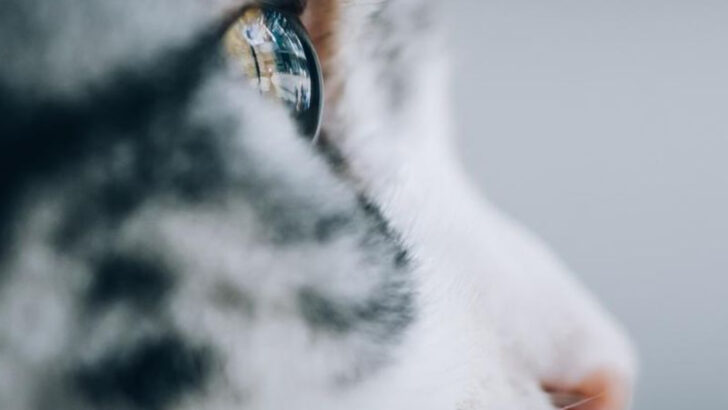Cats live in a world that’s completely different from ours—and it’s fascinating. Their senses are like finely tuned instruments, giving them a unique view of everything around them. Want to know what it’s like to see the world through a cat’s eyes? Or how they hear sounds we can’t even imagine? Prepare to be amazed.
These mysterious creatures aren’t just cute, they’re masters of perception. Every little detail around them gets picked up with astonishing precision. From their extraordinary sense of smell to their ability to detect even the slightest movements, cats experience life in ways that’ll make you see them in a whole new light.
Let’s explore 16 mind-blowing facts about how cats experience their world. Trust us, by the end of this, you’ll never look at your feline friend the same way again!
Cat Vision
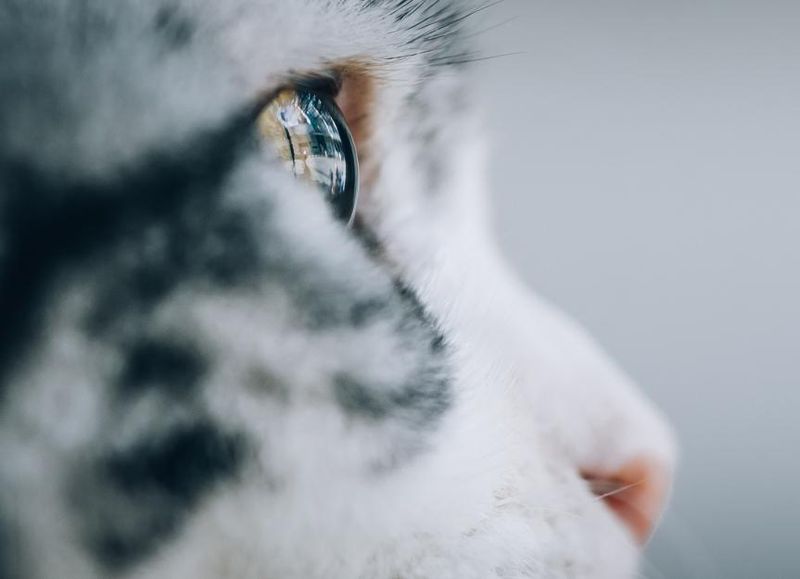
Cats see the world differently than humans. Their eyes have a greater number of rod cells, allowing them to see well in low light. This adaptation is perfect for hunting at dawn or dusk.
However, they see fewer colors, mainly shades of blue and gray. Their peripheral vision is quite sharp, making them excellent at spotting movement. They perceive depth well, aiding in their agility when jumping.
Additionally, cats have a reflective layer behind the retina that improves night vision, called the tapetum lucidum. This is why their eyes often glow in the dark.
Whisker Sensitivity
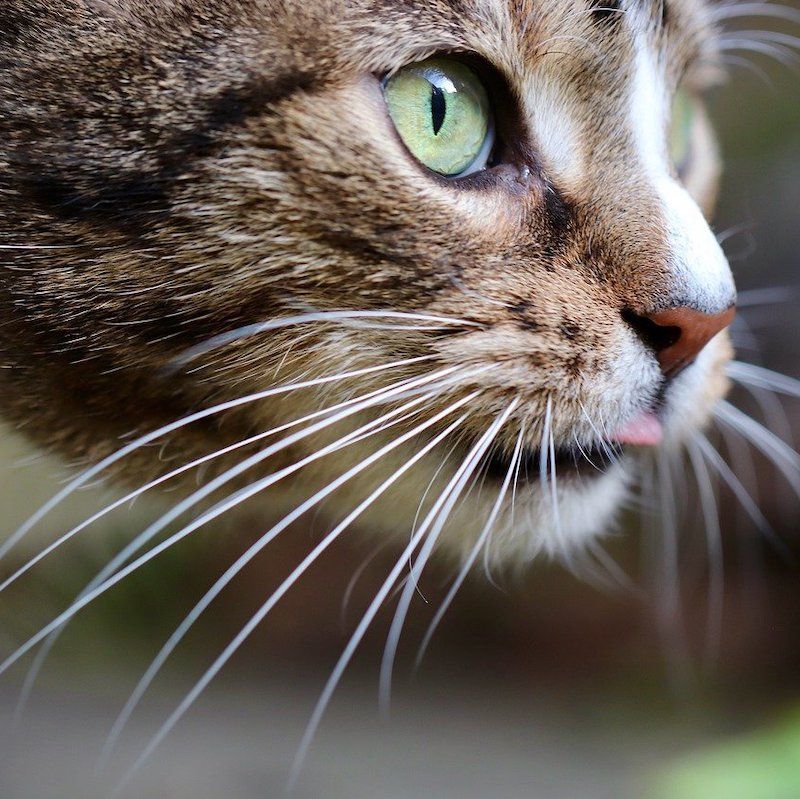
A cat’s whiskers are highly sensitive tactile hairs that detect the slightest changes in their surroundings. Each whisker is embedded deep within the skin and connected to a vast network of nerves.
They help cats sense nearby objects, even in the dark, and gauge the width of spaces to determine if they can fit through. Whiskers also aid in detecting changes in air currents, providing information about approaching dangers or prey.
This sensitivity is crucial for their survival, allowing them to move gracefully and avoid obstacles. Never trim them, as it can disorient the cat.
Sense of Smell
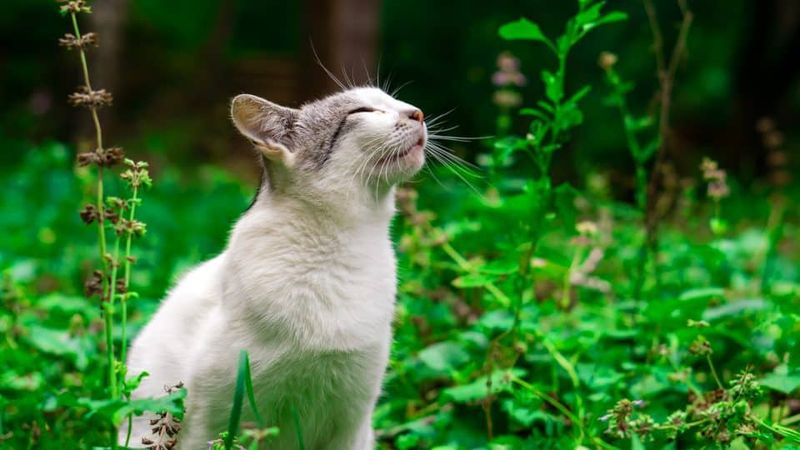
Cats have an extraordinary sense of smell, which is approximately 14 times stronger than that of humans. The sensitive olfactory system allows them to detect pheromones and other scents that communicate information about territory, mating, and more.
Their vomeronasal organ, located on the roof of their mouth, helps interpret these pheromones. This is why cats will often open their mouths slightly when they sniff something intriguing.
Smell plays a vital role in their interaction with the environment and other animals. A cat’s world is rich with scents that guide its daily activities.
Superb Hearing
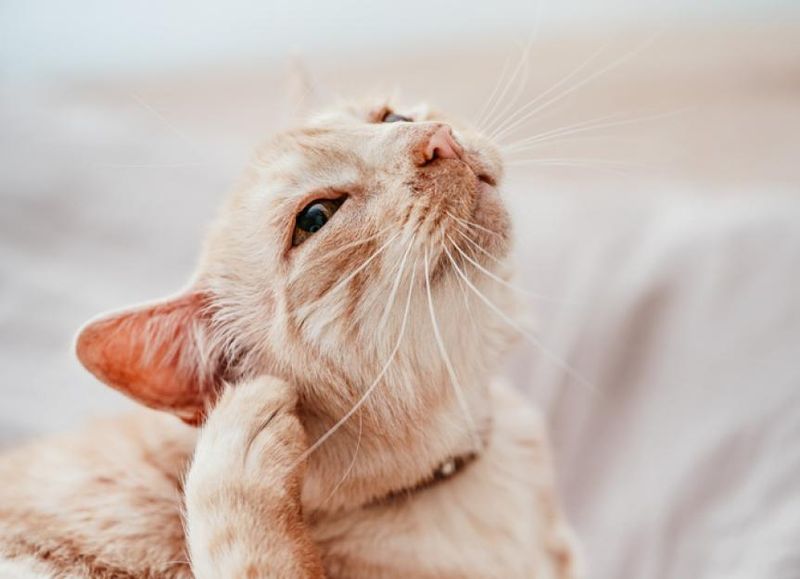
Cats possess remarkable hearing abilities, capable of detecting frequencies ranging from 48 Hz to 85 kHz. This makes them excellent hunters, as they can hear the high-pitched sounds made by small rodents and birds.
Their ears can rotate independently, allowing them to pinpoint the exact location of a sound source. This skill aids in tracking prey and avoiding dangers.
Whether it’s the rustle of leaves or the faint chirp of a cricket, a cat’s ears are always on alert, scanning their environment for any potential threat or opportunity.
Taste Preferences

Cats are known to be finicky eaters, and this is partly due to their unique taste preferences. Unlike humans, cats have very few taste buds, and they can’t taste sweetness. They are more sensitive to bitter flavors, which helps them avoid potentially toxic substances.
Cats rely heavily on the smell and texture of food to determine its appeal. Their preference for meat is ingrained, as they are obligate carnivores.
Offering a variety of textures and flavors can help in catering to their selective nature, ensuring they receive the necessary nutrition.
Agility and Balance
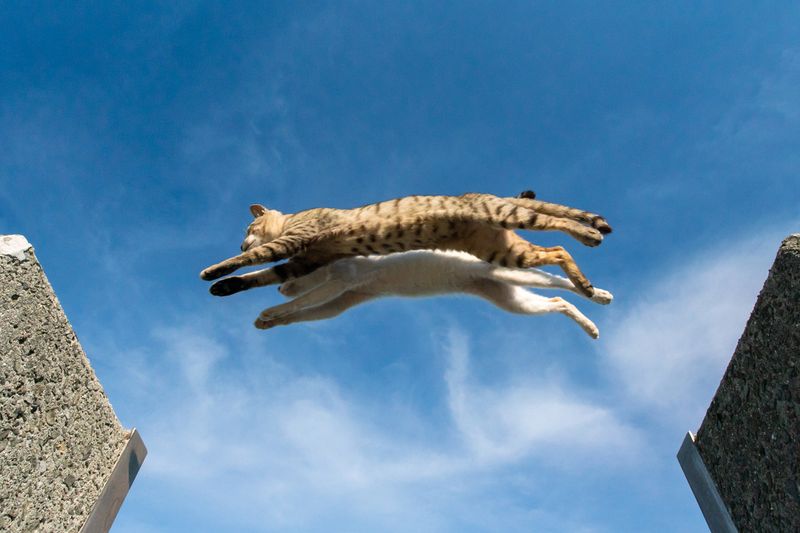
Cats are renowned for their agility and impeccable balance, traits that are deeply rooted in their anatomy. Their flexible spine, powerful hind legs, and tail act as a counterbalance, allowing them to perform acrobatic feats.
Whether it’s leaping onto high surfaces or walking along narrow edges, cats do so with unmatched grace. Their inner ear also plays a crucial role in maintaining balance, enabling swift changes in direction without losing footing.
These adaptations make them exceptional hunters and escape artists, capable of navigating complex environments with ease.
Communication Methods
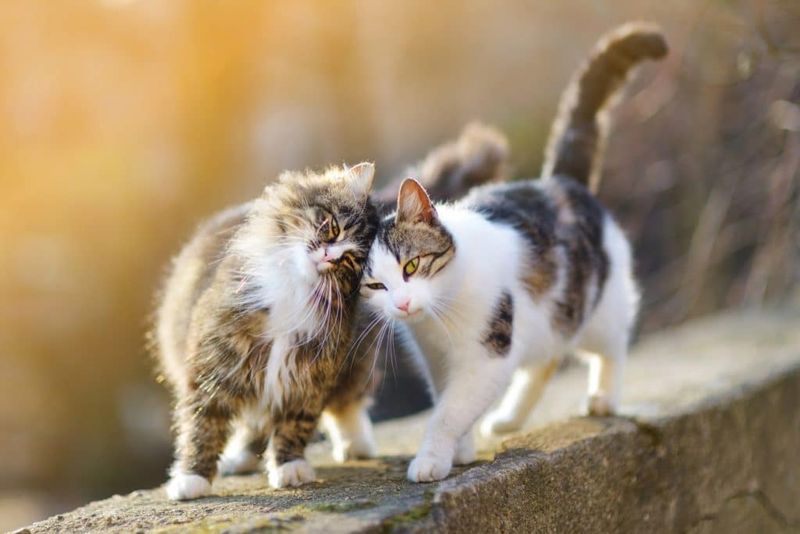
Cats communicate using a combination of vocalizations, body language, and scent marking. While meowing is primarily reserved for interacting with humans, purrs, hisses, and growls convey different emotions and intentions.
Tail position, ear orientation, and whisker movement offer clues to their mood. Cats also use scent glands on their paws and face to mark territory and signal comfort.
Understanding these signals can enhance human-cat relationships, fostering a deeper connection. Paying attention to a cat’s cues helps in interpreting their needs and ensuring a harmonious coexistence.
Hunting Instincts
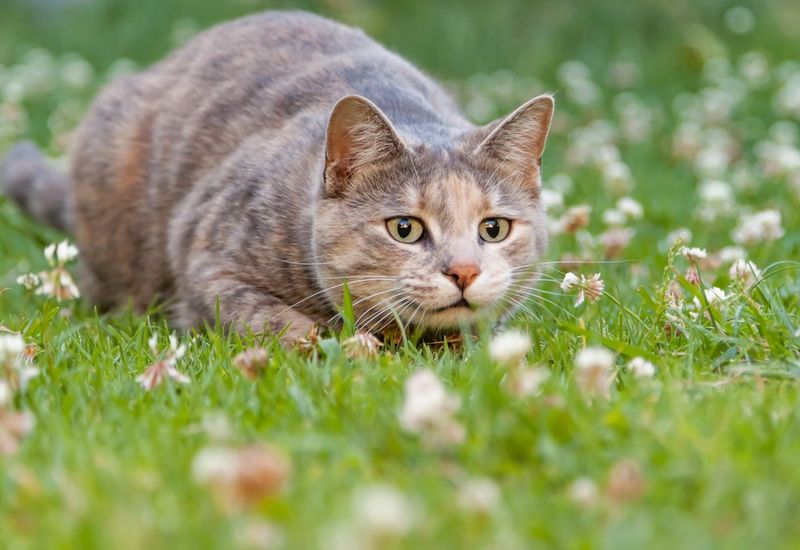
Cats are natural hunters, a trait that remains strong even in domesticated felines. Their hunting instincts are driven by a combination of sharp senses and agile bodies.
Stalking, pouncing, and capturing prey are behaviors rooted in survival, even if playfully enacted indoors. Providing toys that mimic prey can satisfy this innate drive. Observing a cat’s hunting behavior offers insights into their energy levels and mental stimulation needs.
Encouraging play not only keeps them physically active but also mentally sharp, ultimately contributing to their overall well-being.
Nighttime Activity
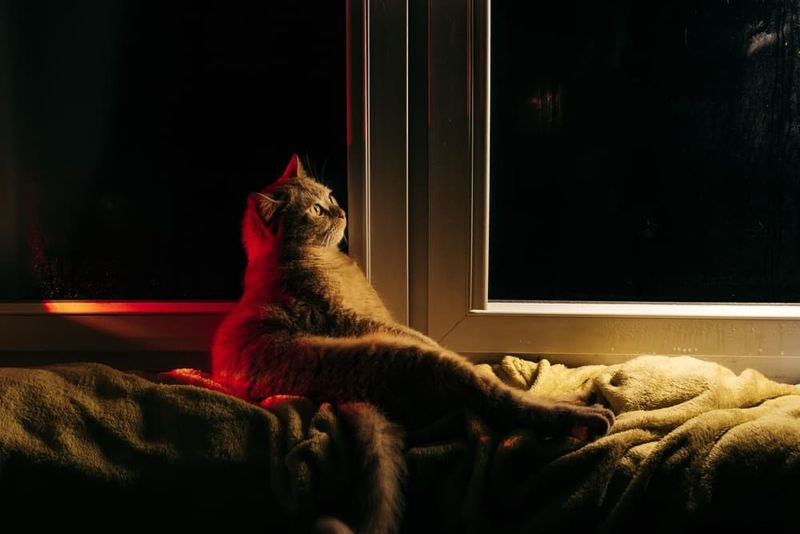
Cats are crepuscular animals, meaning they are most active during dawn and dusk. Their affinity for nighttime activity is linked to their wild ancestors, who hunted when prey was abundant.
Even domestic cats retain this pattern, often exhibiting bursts of energy as the sun sets. They may dash through the house or engage in play, mirroring their natural hunting behavior.
Providing interactive toys and a stimulating environment can help channel this energy positively. Understanding this behavior helps in accommodating their needs and ensuring restful nights for both cats and humans.
Unique Grooming Habits
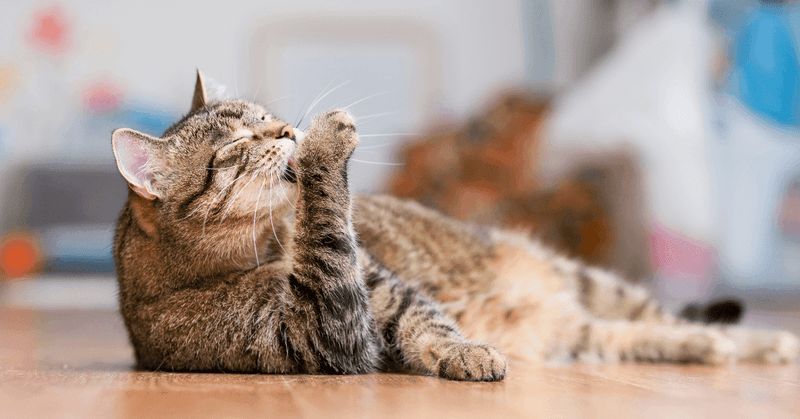
Grooming is a vital part of a cat’s daily routine, serving multiple purposes beyond mere cleanliness. Cats spend a significant amount of time licking their fur to remove dirt, distribute natural oils, and regulate body temperature.
This behavior also strengthens the bond between mother and kittens, as grooming is a social activity in feral colonies. Excessive grooming can indicate stress or health issues, so observing changes in grooming patterns is essential.
Regular brushing helps reduce hairballs and keeps the coat healthy, making grooming a shared activity beneficial for both cat and owner.
Territory Marking
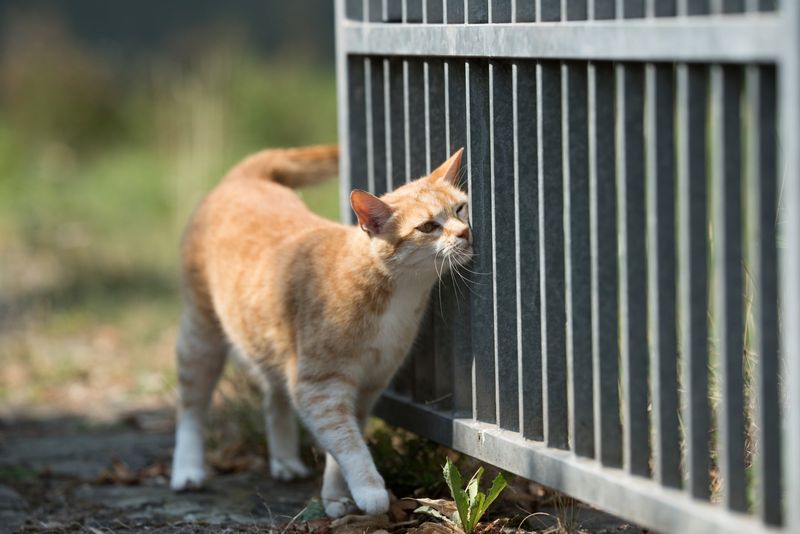
Cats are territorial creatures, and they use scent marking as a primary way to claim and communicate their territory. Glands located on their face, paws, and tail release scents when rubbed against objects, creating a familiar environment.
Scratching also serves this purpose by visually marking and depositing scent. This behavior is not only about boundaries but also about feeling secure in their surroundings.
Providing scratching posts and respecting their marked areas can help maintain peace in multi-cat households. This understanding fosters a comfortable and stress-free environment for the cat.
Social Structure
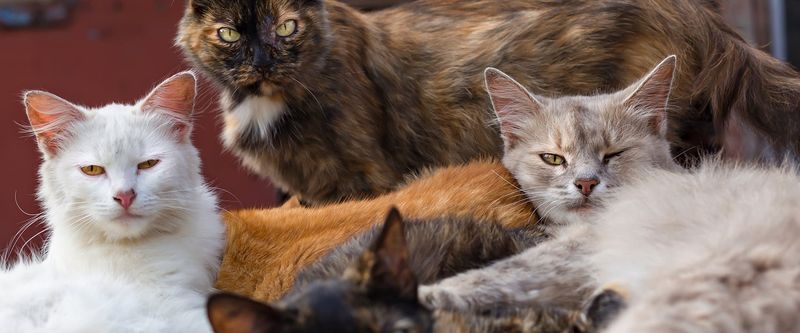
While often perceived as solitary, cats are social animals with a complex hierarchy in multi-cat environments. They form bonds and establish territories within their group, with dominant and subordinate roles.
This social structure is fluid, influenced by factors like age, health, and temperament. Observing interactions can provide insights into their relationships and help in managing group dynamics.
Introducing new cats requires patience and understanding of this social order. Recognizing these connections enriches the human-cat bond, promoting a harmonious living space.
Play Behavior
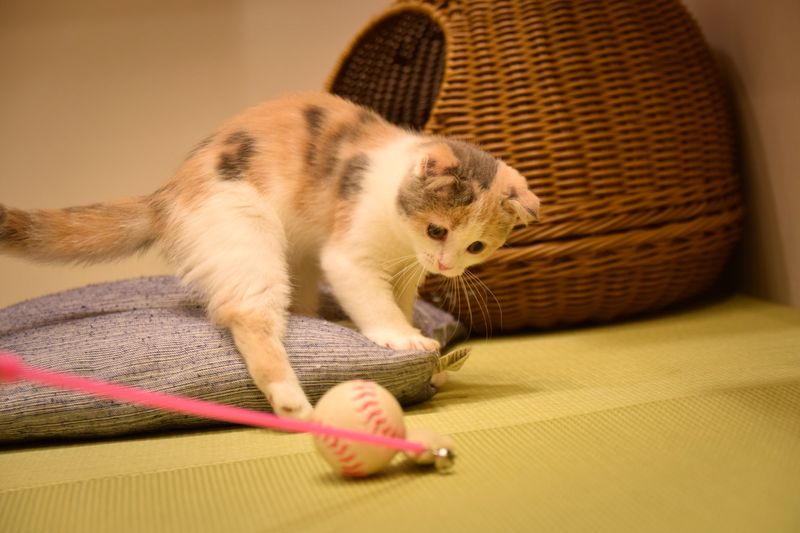
Play is crucial for a cat’s development, offering both physical exercise and mental stimulation. Kittens learn important skills through play, such as stalking and pouncing, which mimic hunting behaviors.
For adult cats, play helps maintain agility and keeps boredom at bay. Interactive toys, like feather wands and laser pointers, engage their natural instincts. Play also strengthens the bond between cat and owner, encouraging trust and companionship.
Regular play sessions contribute to a cat’s overall happiness and well-being, making it a vital part of their daily routine.
Purring Mechanism
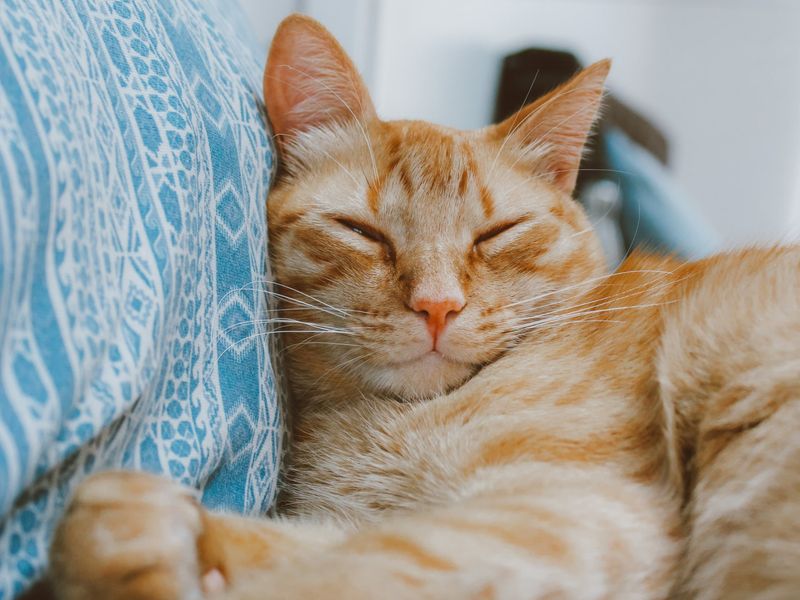
Purring is a distinctive and comforting sound made by cats, often associated with contentment. However, cats may also purr when stressed or in pain, as a self-soothing mechanism.
The exact mechanism involves a repetitive neural oscillator sending signals to the laryngeal muscles, causing them to twitch at a consistent rate. This creates a unique sound frequency thought to promote healing and reduce stress.
Observing when and why a cat purrs offers insights into their emotional state. Providing comfort through gentle petting can enhance their sense of security and happiness.
Temperature Regulation

Cats are adept at regulating their body temperature, a skill essential for their comfort and survival. They seek out warm places to rest when cold and will stretch out to dissipate heat when too warm.
Their fur acts as insulation, while grooming helps manage temperature by spreading oils and removing excess hair. Cats also sweat through their paws and may pant if extremely hot.
Providing warm bedding in winter and cool, shaded areas in summer helps maintain their comfort. Observing their behavior offers clues to their temperature preferences, ensuring a cozy environment.
Memory and Learning
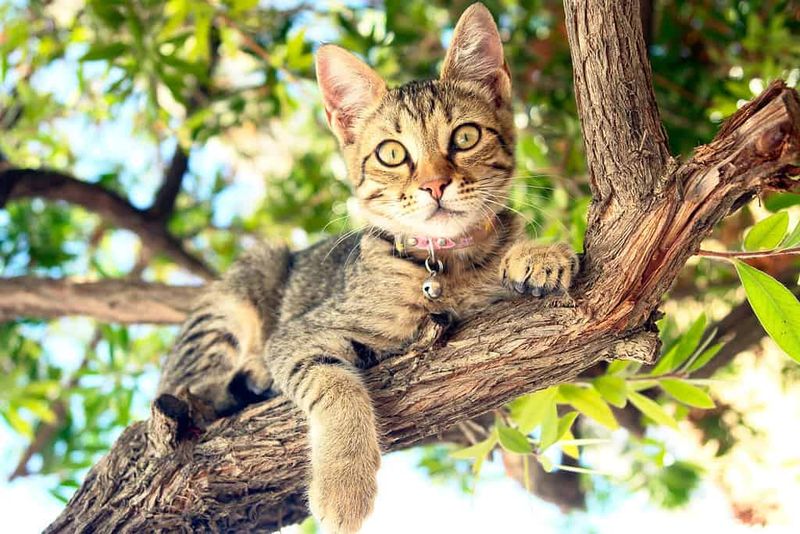
Cats possess remarkable memory and learning abilities, capable of recalling experiences and solving problems. They learn through observation, imitation, and trial-and-error, often remembering solutions long-term.
This cognitive skill aids in adapting to new environments and challenges. Positive reinforcement, like treats or affection, encourages learning and strengthens the bond with their human companions.
Engaging cats in interactive games and training sessions stimulates their mind and prevents boredom. Providing mental stimulation is key to a cat’s overall well-being, enhancing their quality of life.

